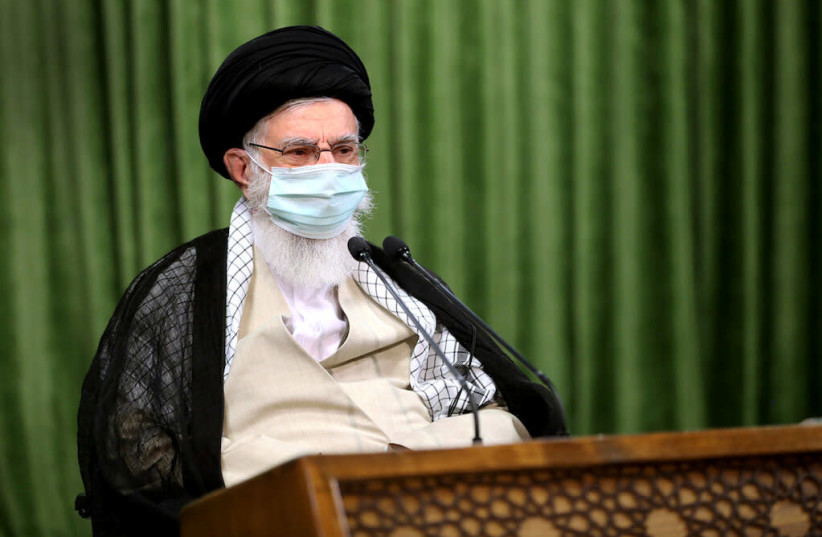The Islamic Republic has seen a surge in coronavirus infections; its Health Ministry puts the death toll at more than 29,000, making Iran the hardest-hit country in the Middle East.
Even before the health crisis, the Iranian economy had been battered by low oil prices and crippling US sanctions reimposed by Washington after President Donald Trump withdrew in 2018 from the nuclear deal with major powers.
Iran’s unemployment rate has skyrocketed in 2020, and on Monday, its rial currency plunged to its lowest point ever against the US dollar, having losing more than 60% of its value in two years. Consumer prices have risen by 37% in 2020.
The fragile economy has also been battered by a temporary shutdown designed to contain the pandemic, border closures and a halt in non-oil exports.
Prof. Mohammad Marandi, head of American studies at Tehran University, told The Media Line that the government does not have the “luxury” of imposing a broader closure. “Iran is having a difficult time because shutting down the economy is very difficult due to the sanctions.”
Maysam Behravesh, intelligence analyst and policy adviser on Iran, told The Media Line that the regime’s “massive failure to rein in the pandemic is mainly due to the government’s general disregard for scientific warnings in the early stages of its spread, its prioritization of geopolitical interests over public health, and systemic mismanagement and corruption.” (READ MORE)
